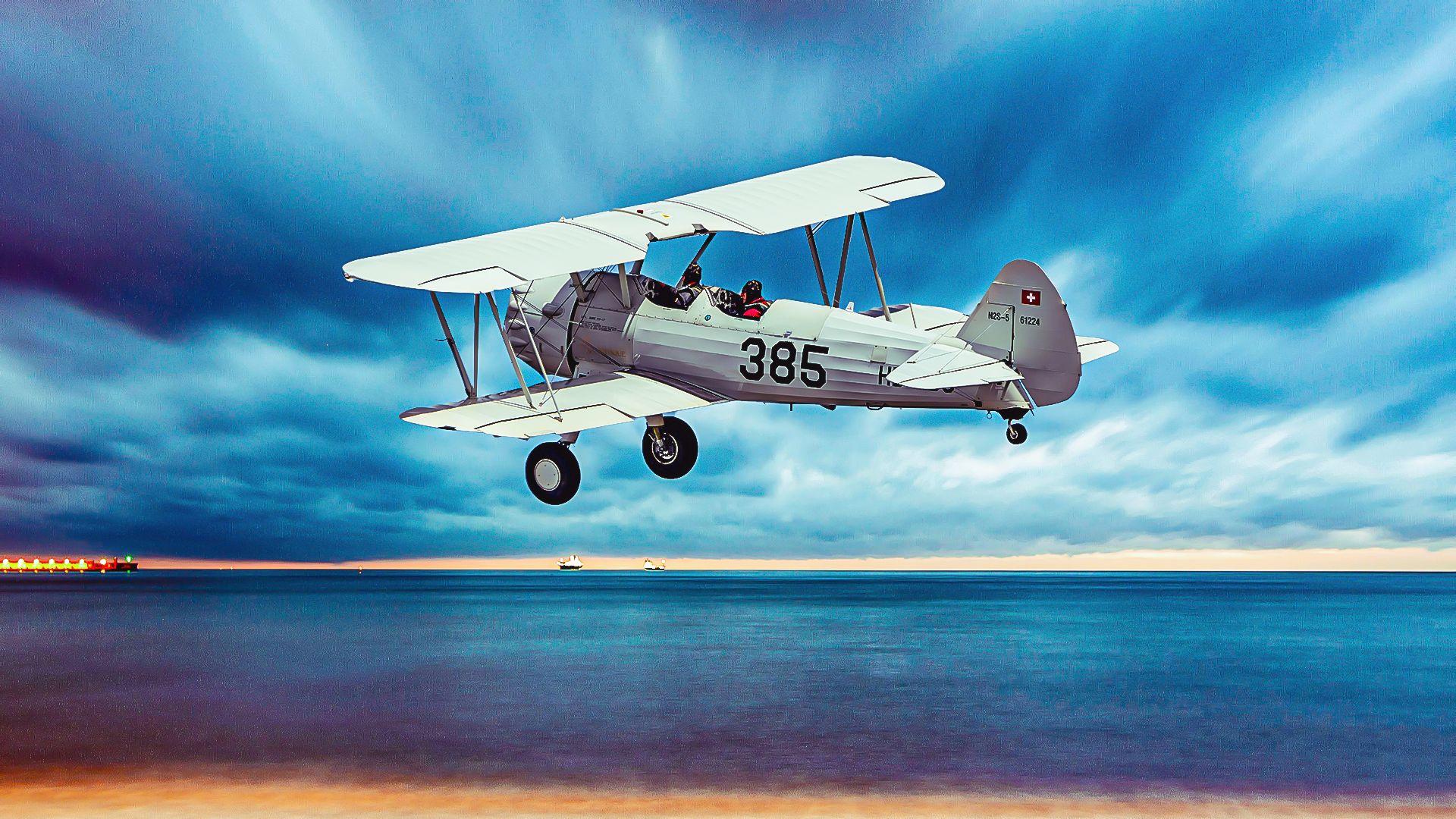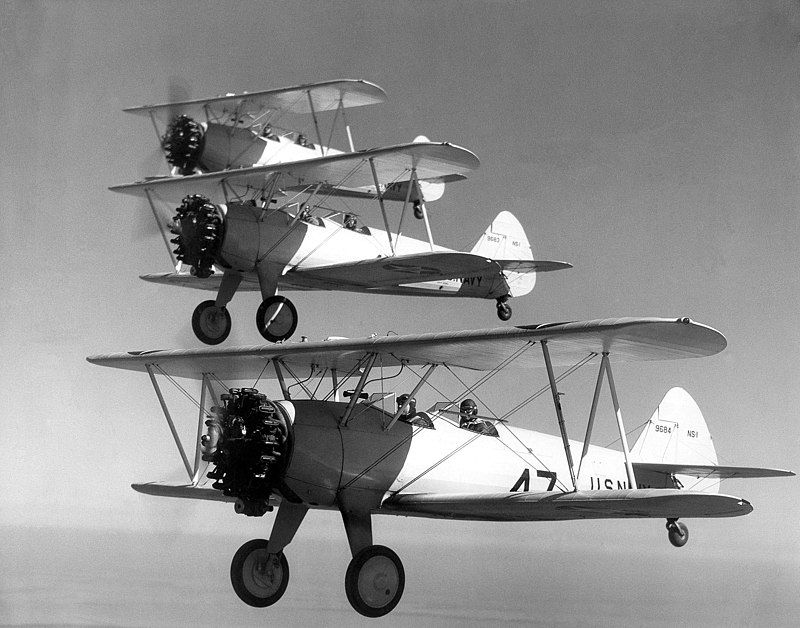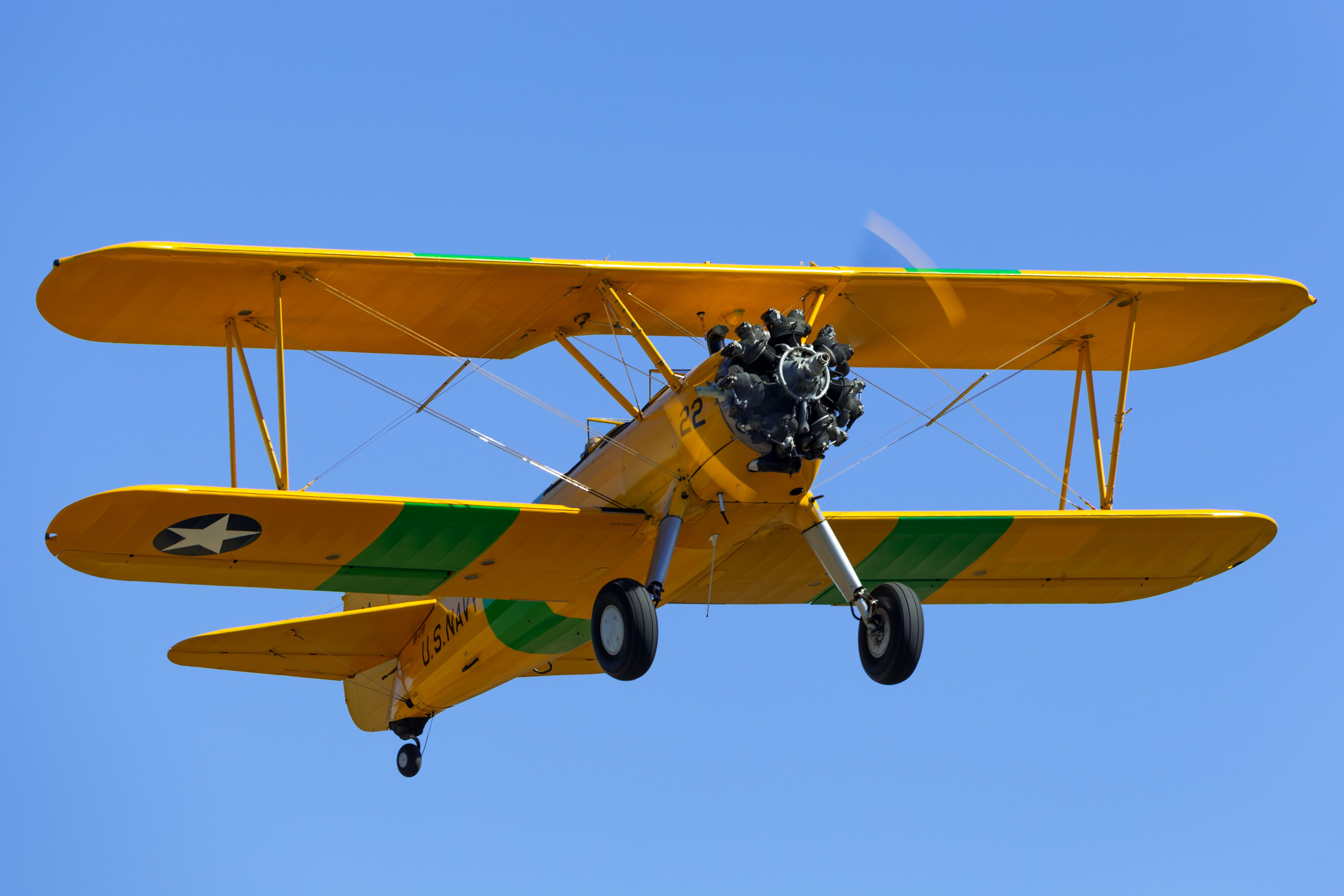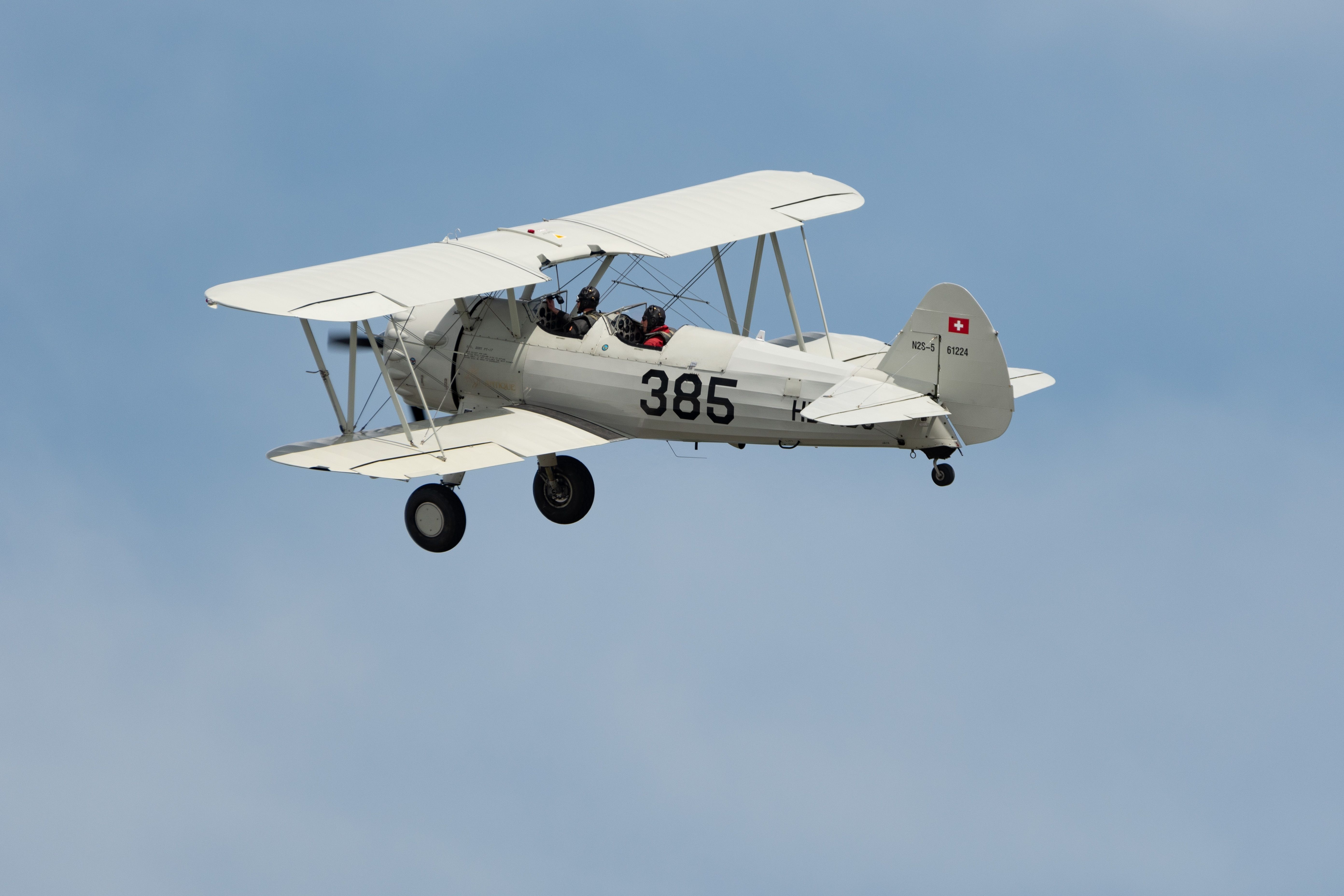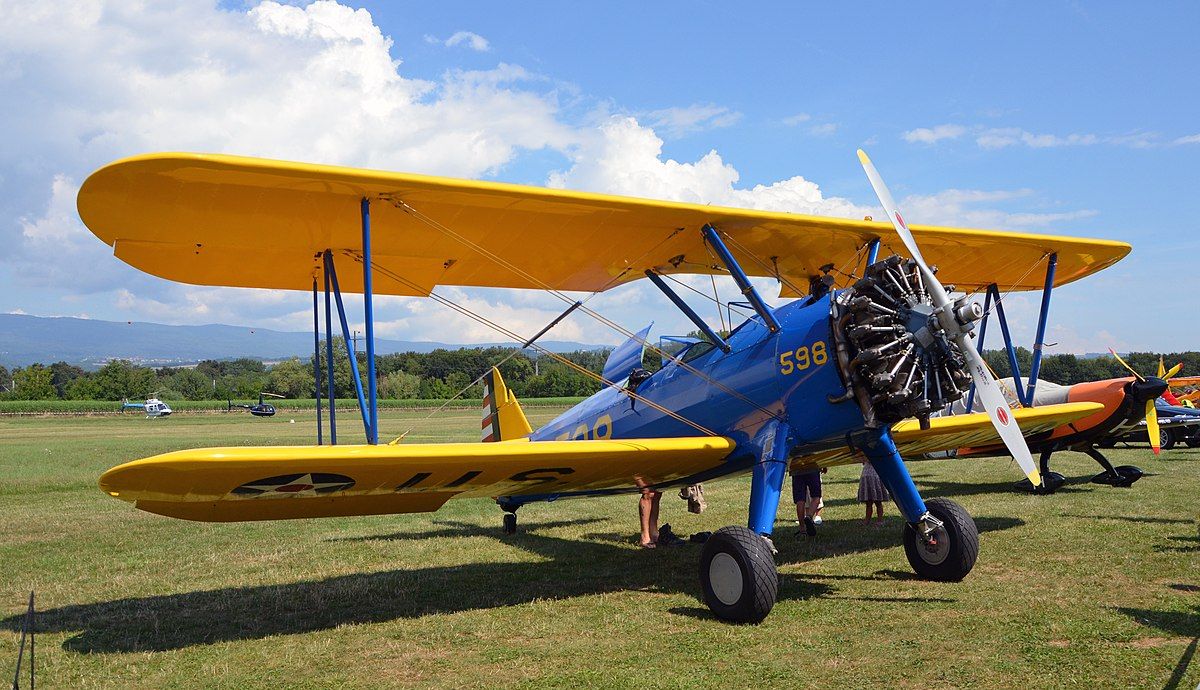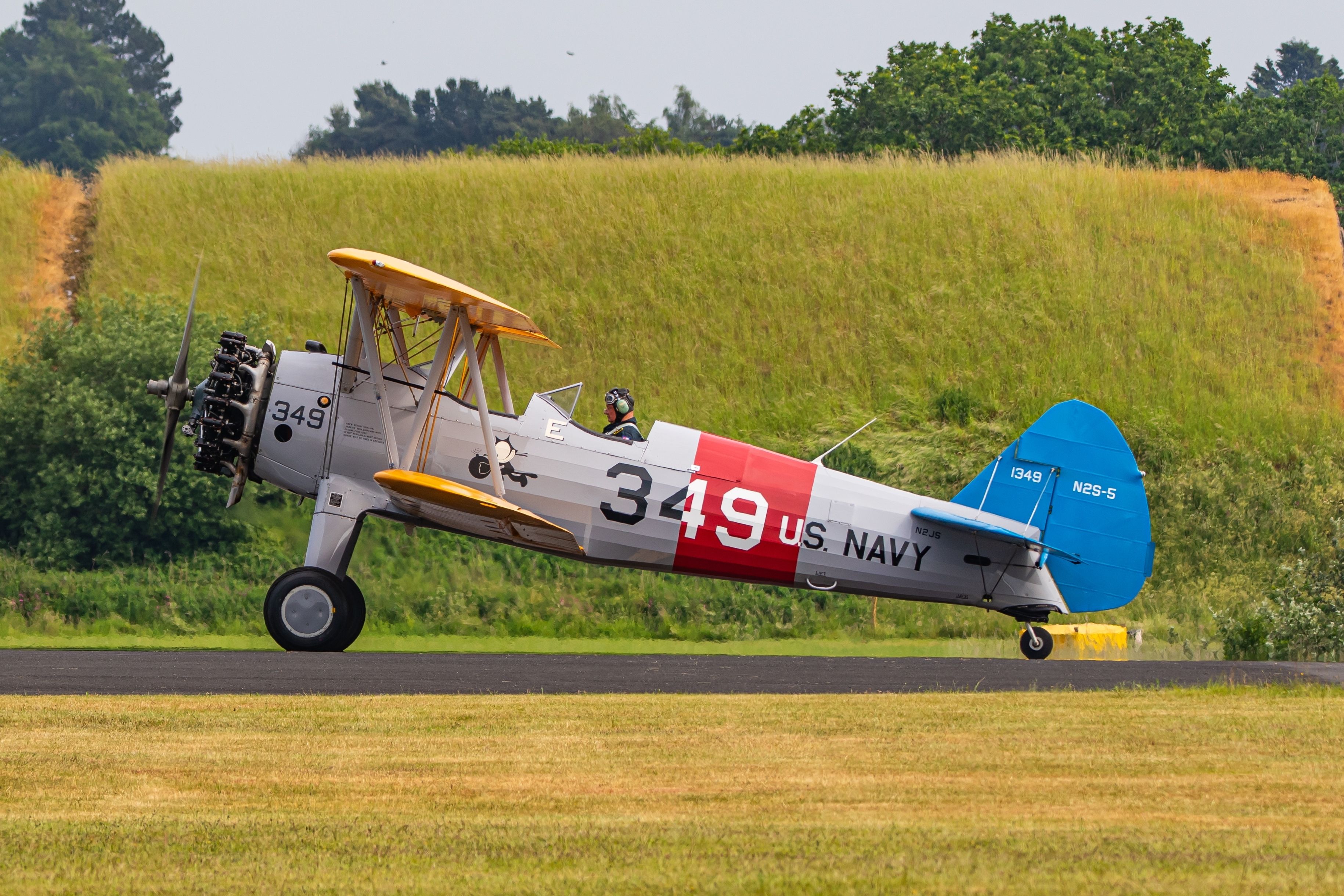Stearman Aircraft Corporation, while a relatively short-lived company, played a pivotal role in the early days of aviation, especially in the fields of military and general aviation. Established in 1927 by Lloyd Stearman, the company quickly made its mark with a series of aircraft that would not only dominate the skies in their time but also leave a lasting impact on aviation history.
Despite eventually being absorbed into Boeing, Stearman Aircraft’s contributions remain noteworthy, particularly its iconic trainers that became synonymous with flight training for military pilots.
Lloyd Stearman: a man with a vision
Lloyd Stearman was a visionary in aviation. After working with other notable companies like Lockheed and Swallow Aircraft, Stearman decided to establish his own company. The Stearman Aircraft Corporation was founded in Venice, California, in 1927 before moving to Wichita, Kansas, which was becoming a hub for aircraft manufacturing at the time.
Stearman’s goal was to design and produce aircraft that were rugged, reliable, and affordable, targeting military, postal, and civilian markets. His designs were characterized by simplicity and durability — traits that made them attractive to a wide range of customers.
According to Boeing, in 1929, Stearman Aircraft became part of United Aircraft and Transport Corp. (UATC), a large holding company of which Boeing was the majority stockholder. However, just two years later, Stearman left to pursue other interests, but the company retained his name.
The Stearman Model 75: an aviation icon
The Stearman Model 75, often referred to simply as the “Stearman,” is the most famous aircraft to come out of Stearman Aircraft’s short but influential history. Introduced in the early 1930s, it became the standard primary trainer for both the United States Army Air Corps and the United States Navy.
This biplane, with its rugged design, open cockpit, and simple controls, was perfect for training new pilots, particularly during the lead-up to and during World War II. The Stearman Model 75 was known for its forgiving nature, making it ideal for novice pilots who were learning the basics of flight, per Planes of Fame Air Museum.
Despite being relatively underpowered, its biplane design made it stable and easy to fly at low speeds—an essential feature for training aircraft. Over 10,000 Stearman Model 75s were produced, making it one of the most ubiquitous trainers of the time. After the war, thousands of surplus Model 75s were sold on the civilian market. The aircraft quickly became popular as crop dusters, sports planes, and aerobatic aircraft.
Other notable Stearman Aircraft models
While the Model 75 is the most famous of Stearman Aircraft’s designs, the company produced several other models that were influential in their own right.
Photo: Ryan Fletcher | Shutterstock
Here are a few of the key aircraft that helped Stearman build its reputation as a leading aircraft manufacturer in its era:
|
Aircraft Model |
Year Introduced |
Purpose |
Notable Features |
|
Stearman C2 |
1927 |
Civil aviation and military |
One of the first designs; used for general aviation and training. |
|
Stearman C3 |
1928 |
Civil and military use |
Improved over C2; saw wide use in crop-dusting and training. |
|
Stearman Model 80 |
1932 |
Airliner |
Stearman attempted to break into commercial aviation with this biplane. |
Each of these models played a specific role in Stearman’s evolution. The Stearman C2 and C3 were among the earliest designs that gained attention, particularly in the realm of crop-dusting and aerial photography, demonstrating the versatility of Stearman’s designs. The Model 80 represented an ambitious but ultimately unsuccessful attempt to compete in the early commercial aviation market, which was already being dominated by larger companies.
Stearman’s absorption into Boeing
By the mid-1930s, Stearman Aircraft had established itself as a significant player in the aviation industry, but like many small manufacturers at the time, it faced financial difficulties.
Photo: Robert Buchel | Shutterstock
After Stearman Aircraft was acquired by UATC, the corporation was later divided due to antitrust laws – the division led to Stearman becoming part of Boeing. After the acquisition, the company continued to operate under the Stearman name for some time, particularly as its Model 75 was a critical aircraft for military pilot training.
However, as Boeing expanded, the Stearman brand was eventually phased out, and its operations were fully absorbed into Boeing’s larger corporate structure. Despite the absorption, Stearman’s influence on Boeing, particularly in the development of military training aircraft, cannot be overstated. Some of the design principles that Lloyd Stearman pioneered in his early models would go on to inform Boeing’s designs.
The Stearman legacy
Though the Stearman Aircraft Corporation was relatively short-lived, its impact on aviation remains significant. The company’s designs, particularly the Model 75, trained thousands of military pilots, especially during the critical era of World War II.
Even after Stearman Aircraft was absorbed into Boeing, the Stearman name remained iconic in aviation circles. The Model 75, in particular, is a beloved aircraft among aviation enthusiasts and collectors, many of whom have restored these classic planes for use in air shows and historical reenactments.
The legacy of Stearman Aircraft is a testament to the vision of its founder and the ingenuity of its designs. While the company itself may have been absorbed into the broader Boeing conglomerate, the contributions of Stearman Aircraft to both civilian and military aviation endure to this day.
Photo: Ian Cramman I Shutterstock
Stearman Aircraft may no longer exist as a standalone company, but its place in aviation history is secure. From its early days producing rugged biplanes for general aviation to its iconic role in training military pilots during World War II, Stearman Aircraft’s contributions helped shape the development of aviation in the United States.

